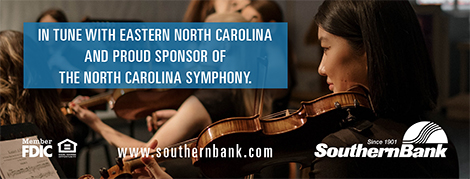Symphonic Dances on Norwegian Themes, Op. 64
Edvard Grieg (1843-1907)
THE STORY
In 1896, Grieg began work on his Symphonic Dances, orchestral arrangements of four Norwegian folk tunes. Composed from Troldhaugen, his secluded coastal villa on Norway’s Westland, the Symphonic Dances would be Grieg’s only large-scale orchestral work dating from the late nineties and his main preoccupation alongside a song cycle based on Arne Garborg’s neo-romantic epic poems, Haugtussa (“The Mountain Maid”).
Grieg’s idiomatic language as a Norwegian composer had already been well noted, particularly among the English. Critics in London described his nationalistic flair as bearing “new and unique” harmonies and distinct modulations (“the most powerful engine of emotion”). After Henry Wood led the English premiere of the work on January 28, 1899, one critic lauded the Dances for their “keen emotion and a newness … [There] is surprise after surprise in the score.” The fourth of the Symphonic Dances (heard in these concerts) is the longest and most elaborate of the set, and aptly exemplifies these observations with its intense and varied repetitions of the eight-bar theme.
Beyond England, fascination in national folk tunes prompted the German publisher Peters to immediately issue the score soon after completion. Bemused, Grieg wrote to Hans Lien Brækstad, a London-based Norwegian writer: “There is not even any interest in our country that such works are being published! And yet—that only makes Norway all the more delightful a place to live! There is here this blessed innocence that is so good for the artistic imagination!”
LISTEN FOR
- The eight-bar theme presented in different keys and timbral colors
- A ravishing middle section largely led by the strings, brilliantly bedecked by the triangle
- Mighty brass reinforcements at the return of the A section that drive the dance to a fiery close
INSTRUMENTATION
Piccolo, two flutes, two oboes, two clarinets, two bassoons, four horns, two trumpets, three trombones, tuba, timpani, percussion, harp, strings

